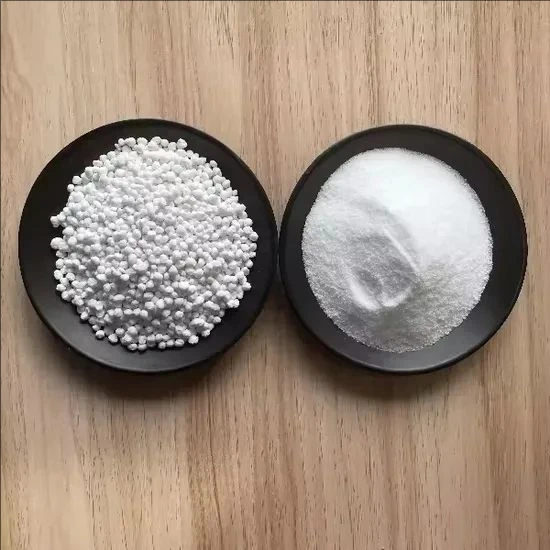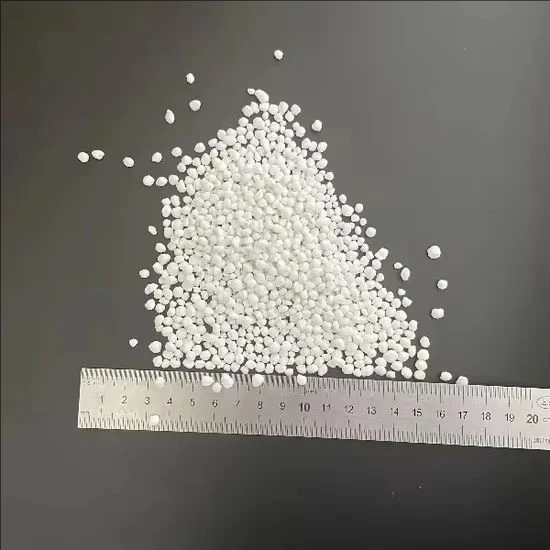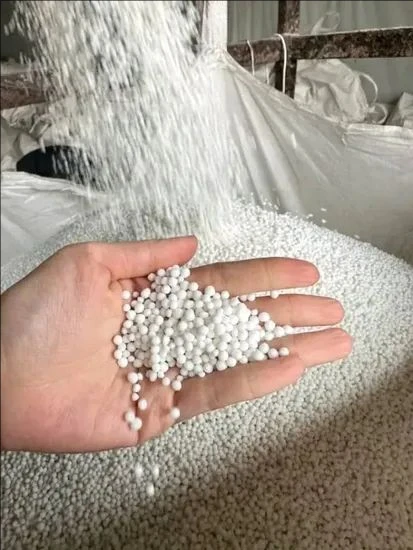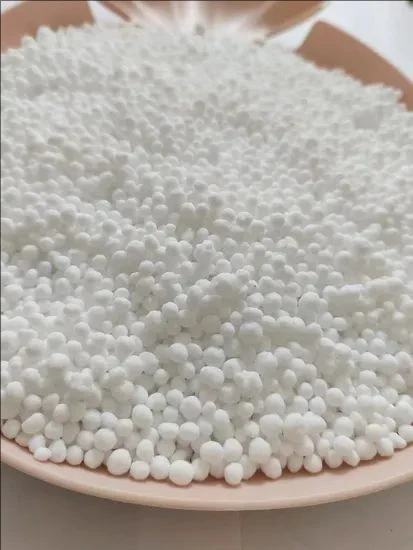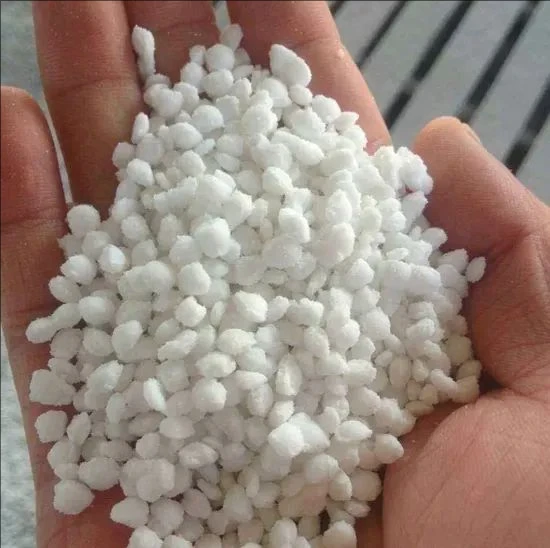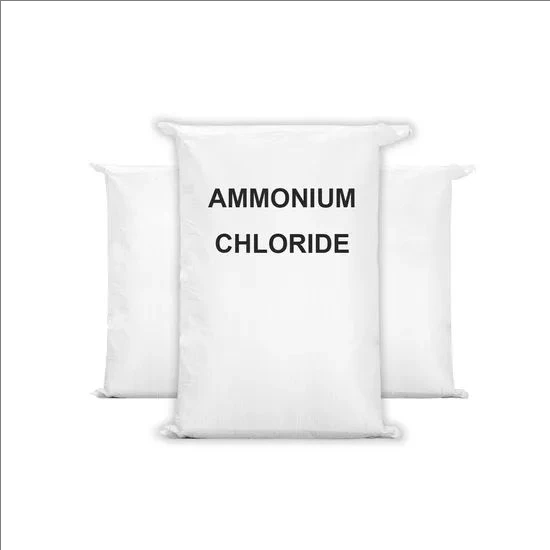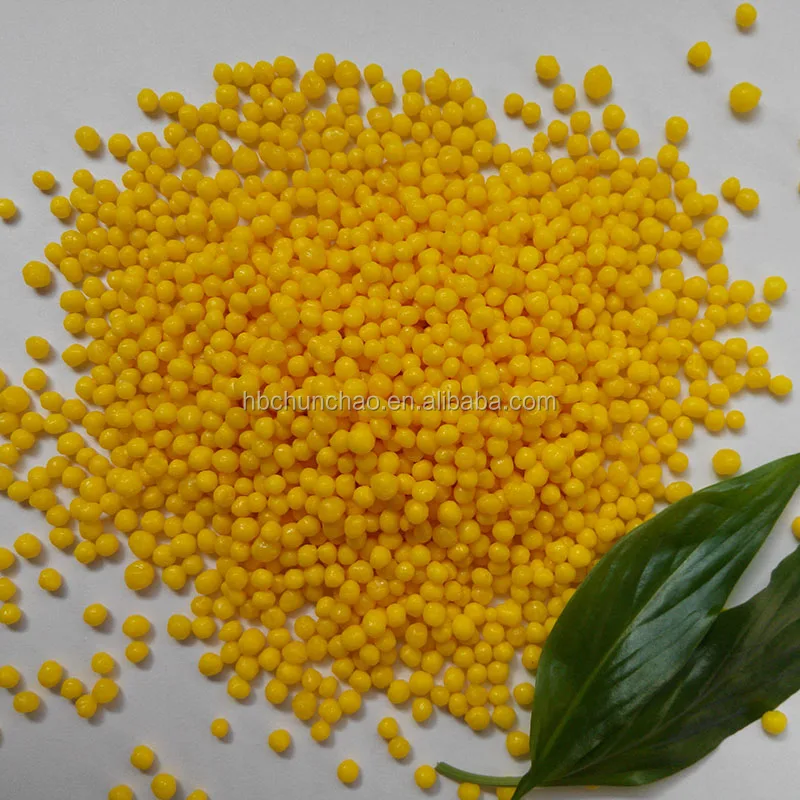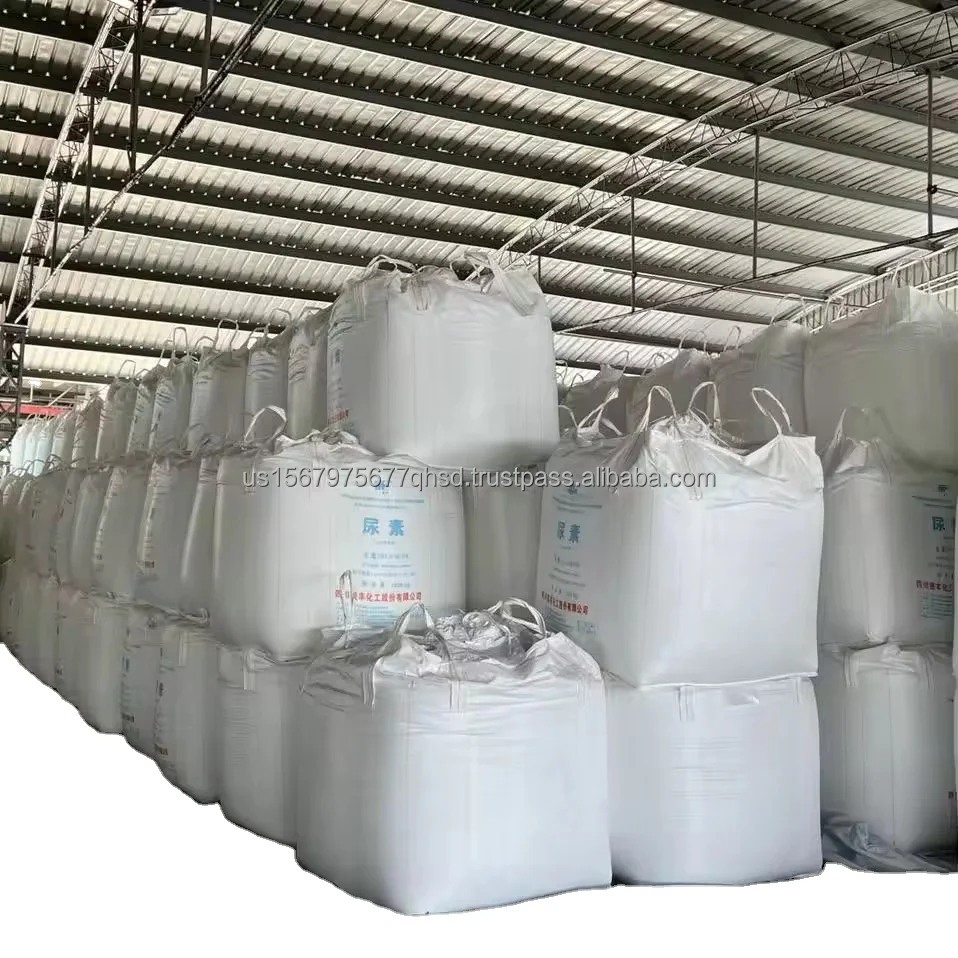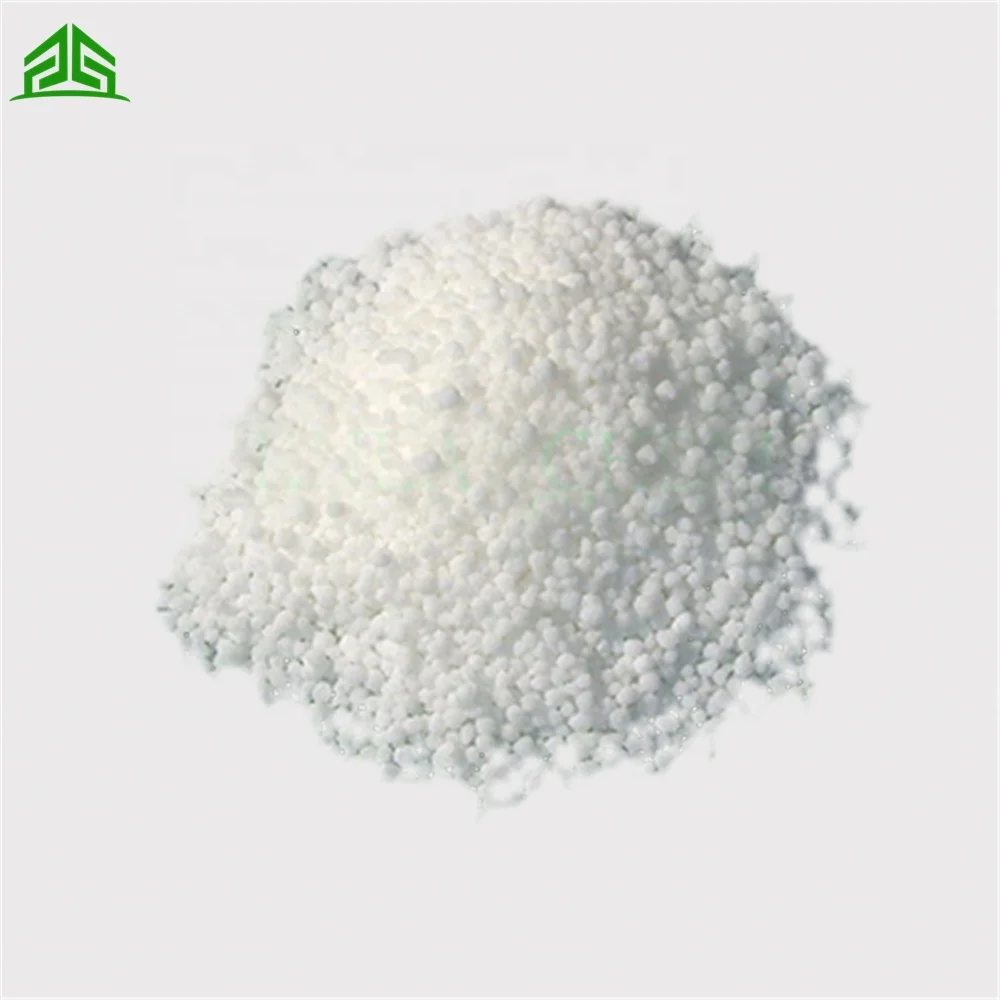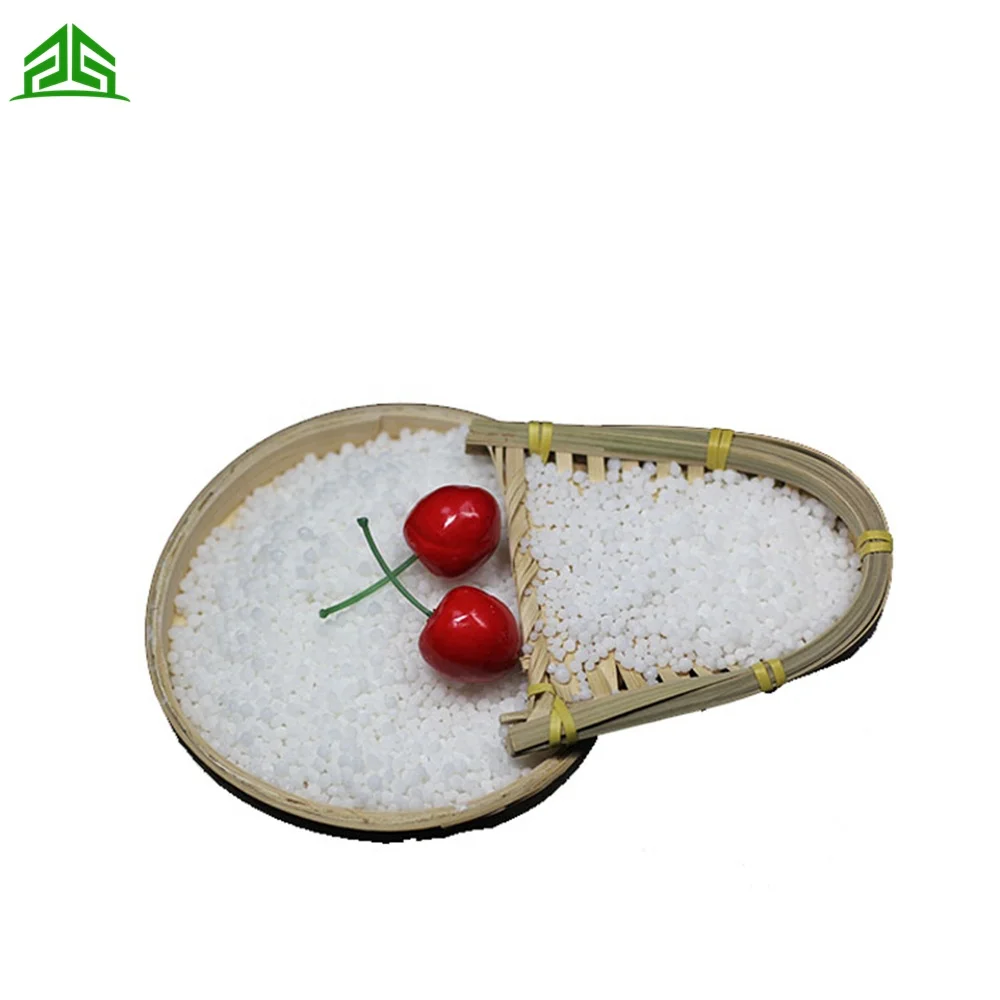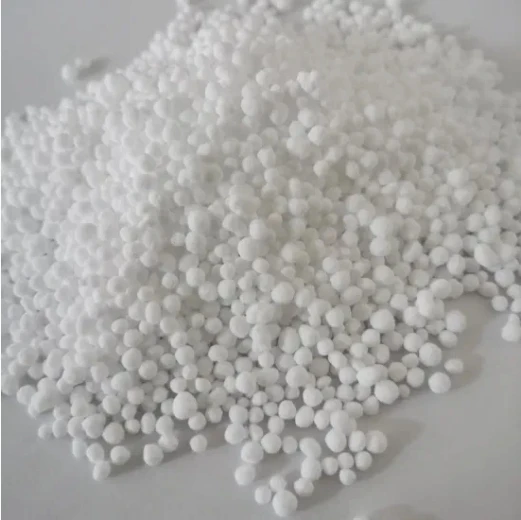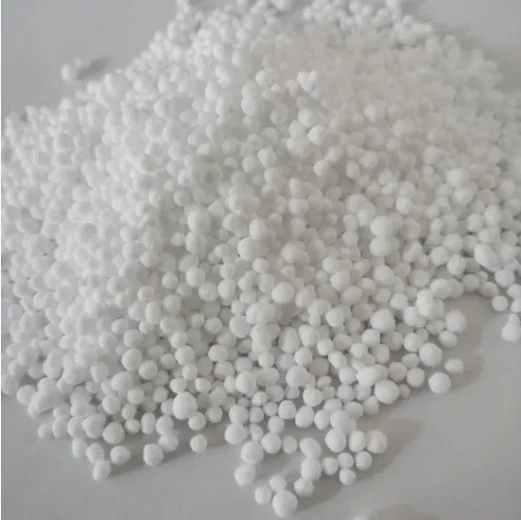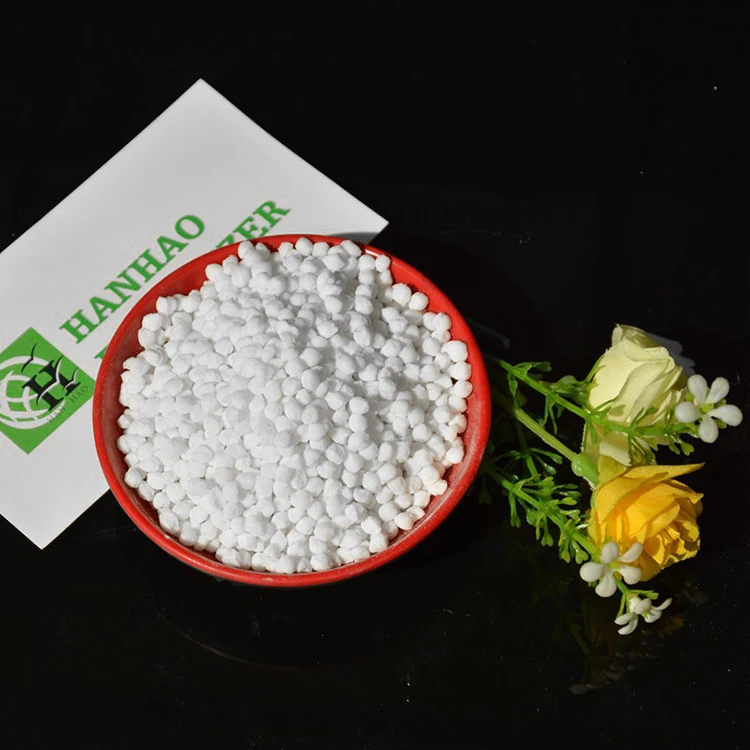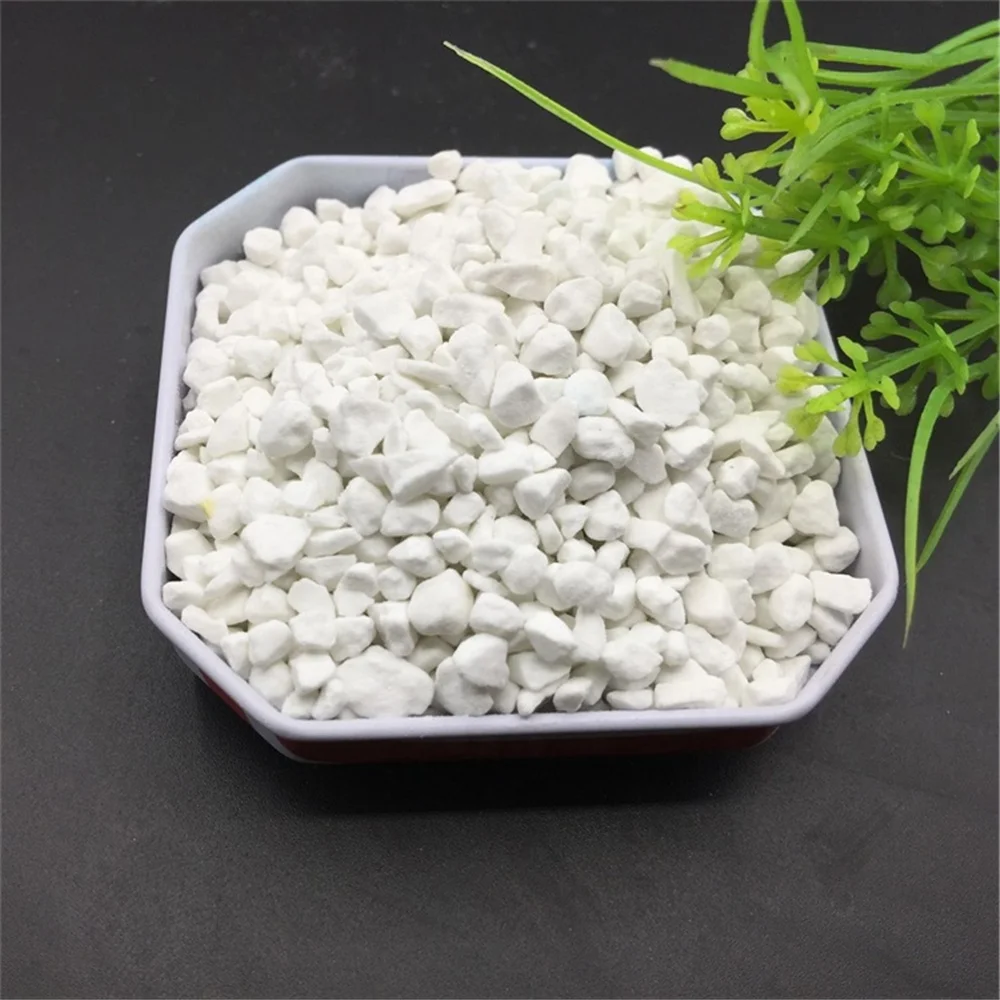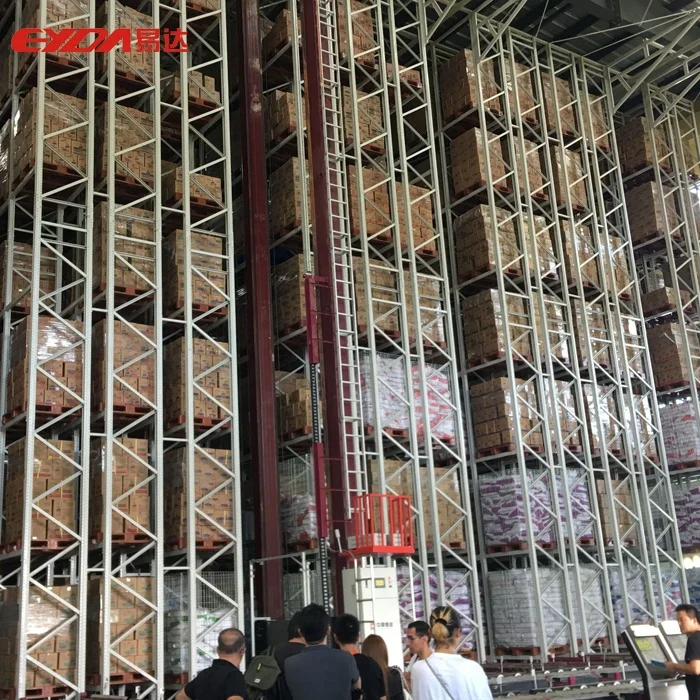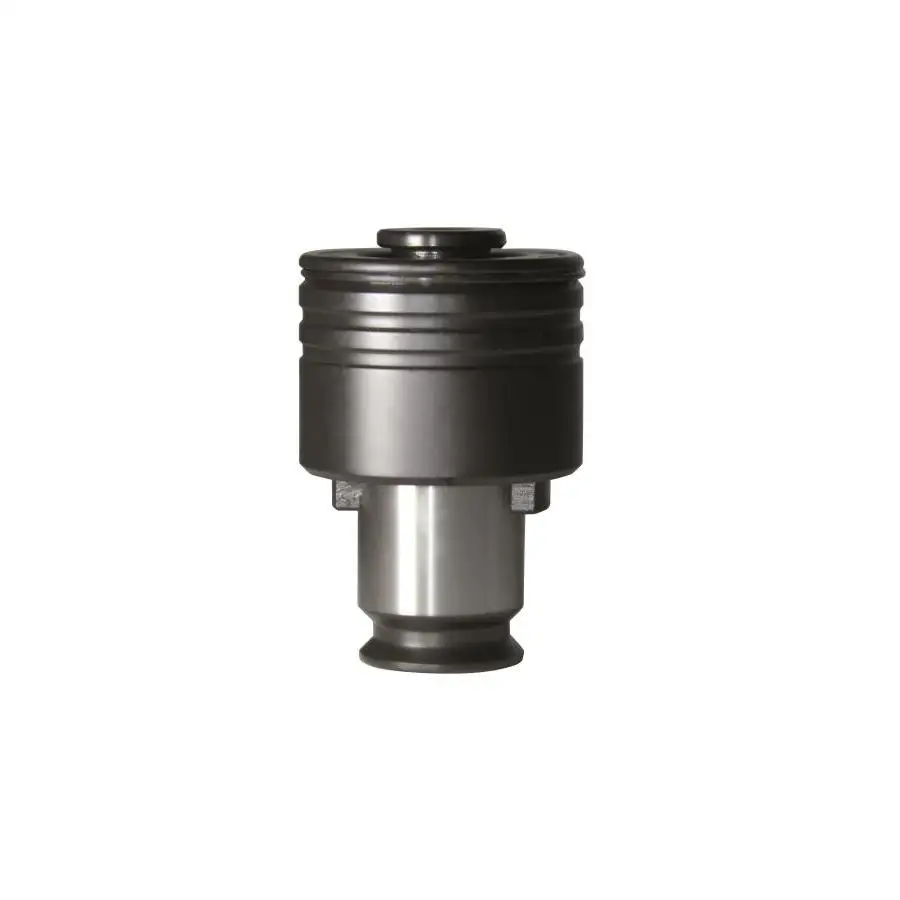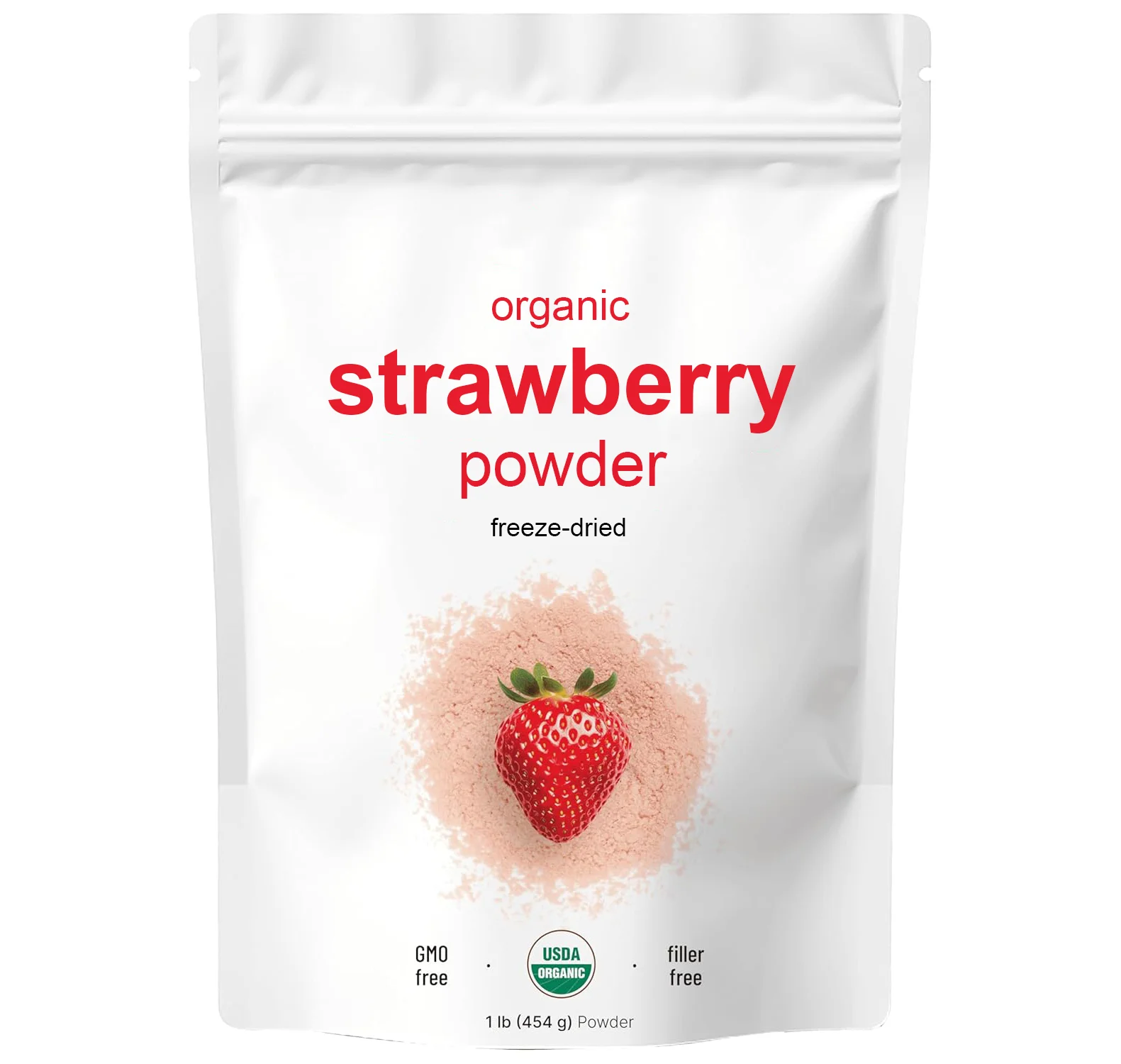Водорастворимый хлорид аммония 99.5% Nh4cl удобрение с низкой ценой
- Категория: >>>
- Поставщик: Hunan Hongjiu Biotechnology Co. Ltd
Сохранить в закладки 1601270972516:
Описание и отзывы
Характеристики
Product Description
Specification
Analysis Certificate of NH4Cl
| Item | GB/T 2946-2018 | Result |
| Ammonium Chloride %≥(NH4CI) | 99.5 | 99.51 |
| Moisture %≤ | 0.5 | 0.09 |
| Residue on Ignition %≤ | 0.4 | 0.08 |
| Heavy Metal(Pb) %≤ | 0.0005 | 0.0004 |
| Sulphate %≤ | 0.02 | 0.015 |
| Fe %≤ | 0.0005 | 0.0003 |
| PH 200g/l 25ºC | 4.0-5.8 | 5.1 |
Product Description

Ammonium chloride (NH4Cl) is a compound consisting of ammonia (NH3) and hydrogen chloride (HCl). It is often referred to as an ammonia salt. The compound is a white crystalline solid at room temperature with a relative density of 1.527. It is extremely soluble in water, soluble in liquid ammonia, slightly soluble in alcohols, and insoluble in acetone and ether.
Ammonium chloride is commonly used in fertiliser production, fabric dyeing and printing, electroplating, washing, pharmaceuticals and welding processes.
Application
Chemical industry: It is used as a nitrogen source in fertilizers, particularly for crops that prefer acidic soil conditions. It provides both nitrogen and chloride to plants.
Laboratory and analytical chemistry: Ammonium chloride is used as a reagent in various chemical reactions and analytical procedures. It is commonly used to prepare buffer solutions and as a pH control substance.
Medicine and pharmaceuticals: It may be used as an expectorant, meaning it helps thin and loosen respiratory mucus, making it easier to cough up. It is also used in electrolyte solutions for intravenous fluid therapy.
Food industry: Ammonium chloride has applications as a food additive, especially in baking. It acts as a yeast nutrient and helps maintain the pH balance of the dough, resulting in improved bread texture.
Metalworking: It is used in fluxes for soldering and tinning. Fluxes help remove oxides, dirt, and impurities from metal surfaces, ensuring better adhesion of solder and other metals.
![(14).jpeg]()
Похожие товары
Высококачественное долговременное 2024 самых популярных гранулированных удобрений для сельского хозяйства лучшее качество
Лучшая цена может/нитрат кальция аммония с удобрением бора
Нитрат кальция аммония может 15.5% азот 19% Ca гранулированное удобрение
Промышленное удобрение мочевина белое гранулированное 46% N удобрение/объемное мочевина 46-0-0 удобрение
Технический автомобильный класс с низким содержанием биурета, деф-Мочевина N46 для производства раствора мочевины
BB Использование Удобрений Аммония сульфат 21-0-0
N21 % сульфат аммония, AS, SOA удобрение
Новые поступления
Новинки товаров от производителей по оптовым ценам
